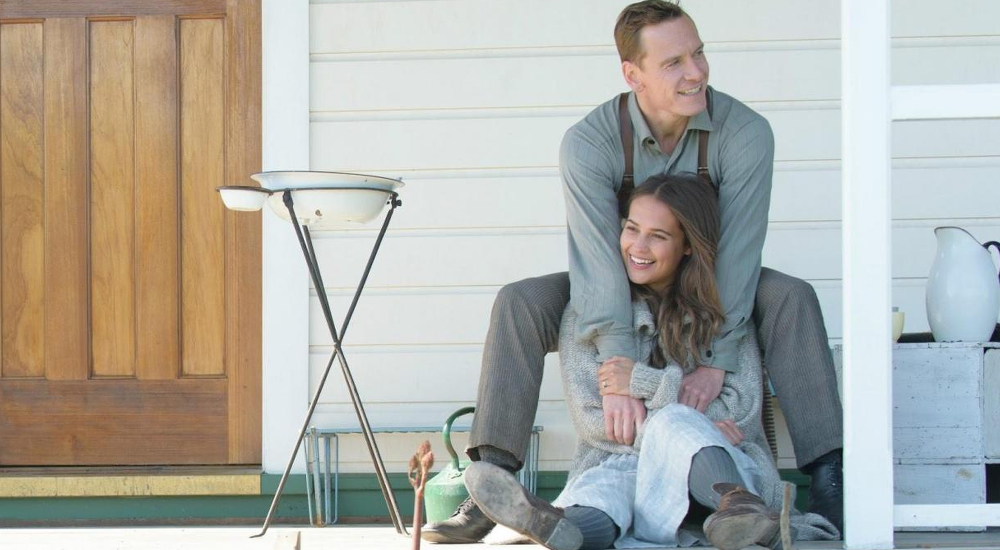“When a parent loses a child, there’s no label for it.”
Set in December 1912, Derek Cianfrance’s The Light Between Oceans is a bold, dramatic feature that tells a truly unique story revolving around Tom Sherbourne, a man just returning from war who, in an effort to clear his mind, takes a rather lonesome post at a light house on Janus Rock, an island nearly half a day’s journey from the coast.
Filled with breathtaking visuals and a satisfying montage that depicts what was supposed to be three months of isolation, Cianfrance quickly solidifies himself as a force within the context of this complex character study. Utilizing the ocean and its barren surroundings, he is able to slowly draw you in, allowing you to take a stroll in the sand as you share in Tom’s desolate situation. The minor hints provided lay the goundwork to a much larger story, though the film never ventures too far from its well-positioned trajectory.
When Tom returns to shore after his initial stint, a rather unusual love begins to blossom with Alicia Vikander’s Isabel Graysmark. The two write letters back and forth, passionate with their words, practically making (and accepting) a marriage proposal in passive context, leading one to believe that neither was entirely sure what the two were getting into at the time. But when Isabel joins Tom at the lighthouse their love is undeniable, captured beautifully through (yet) another montage that gives us what appears to be months of affection, devotion and passion.
Cianfrance, who is responsible for such heart wrenching romances as Blue Valentine and The Place Beyond the Pines, keeps the emotions running as our two protagonists lose two unborn children over the course of the next few years, succumbing to raw heartache each time, often looking towards the tranquil and beauty that lies within a piano’s keys for comfort. But when a small boat, adrift on the open sea, makes its way to shore with a young baby girl inside, Isabel begs her husband to go against protocol and allow them to raise her as their own.
The film only becomes more complex as its enters into its second act and we find ourselves standing face to face with Rachel Weisz’s Hannah Rosennfeldt, an innocent and beautiful woman who has lost everything yet positioned as the story’s greedy villain. It is Weisz’s performance that saves the story from making a catastrophic nosedive over the cliff and into the shallow waters below. It is she who transforms the film from a two-person diary entry into an enriching tale of loss, love and grief. She humanizes the story, even if just for a few minutes, forcing it in a semi-realistic direction as a moral compass is finally brought into the situation after good people forfeit such a thing with their initial decisions.
Cianfrance utilizes the slow burn, carefully developing characters as he casually unveils details that help to give the broader picture more detail. But the technique comes with some excess baggage, dragging the overall experience down as you painfully await the final conclusion, one that you saw coming nearly half an hour earlier.
The film works hard to keep you engaged, yearning for you to reach into your front pocket and pull out a tissue; however, in such a focused agenda it gets lost in itself. Rather than keep attention on the love we find ourself overwhelmed with the pain and sorrow. So much so that we fail to take a step back and properly analyze the situation. The film’s delivery pushes us towards a swift verdict. While such a situation it ideal for dramatic effect, it fails us in other ways, giving us a rather uneasy feeling that is hard to shake.

